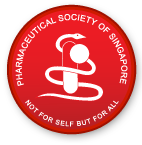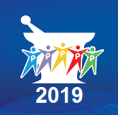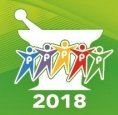In the process, the whole region is abuzz with activities and enjoying the increased volumes of information flow, material movement, human traffics and more significantly employment opportunities. This was despite the damping effect following the 1997 Asian economic crisis. With that much attention given to Asia Pacific, healthcare services obviously would also enjoy significant rise in demands. That poses a lot of challenge to the finite and relatively young healthcare service industry in the region to cope with modern technologies, state-of-the-art products and insatiable healthcare demands.
Like other healthcare disciplines, pharmacy practice and services have to transform and adapt rapidly. People now travel a lot more than in the past; and the wide mix of diseases and medications from all over the world could reach our doorstep within hours. Although information travels faster, but a lot of time it is not possible to detect or pick up those information right where and when we need them. That is one weakness when we are dealing with the unknown or things that are not anticipated; this phenomenon is further accentuated if we busily work within our own confines and neglect the changes taking place out there. Therefore, it is vital for our pharmacists to establish and network with regional peers. Through such efforts, there will be active exchange and sharing of professional knowledge and information, focusing and addressing common issues and concerns. There will also be tacit elements of learning and competing against each other to better improve our system and practice.
There are a handful of major pharmaceutical conferences which take place regularly in Asia Pacific region and they are perfect avenues for such network and interaction. They are geographically nearer and relatively inexpensive to attend. ACCP (Asian Conference of Clinical Pharmacy) is held annually; FAPA Congress (Federation of Asian Pharmaceutical Associations) is held biennially. FIP and CPA (Commonwealth Pharmaceutical Association) Congress will be held in Beijing and Kuala Lumpur respectively next year, all other national pharmaceutical societies/associations also hold their annual conference. There are plenty of one-to-one visit possibilities and working attachments etc.
Singapore pharmacists need to be a lot more involved in the regional pharmacy-related activities, and also initiate or create such activities; for only through such active participations and interactions will we sharpen our professional acumen and leadership; and more importantly deepen our social bonding with fellow colleagues from the region. There are easily close to half a million pharmacists in Asia Pacific region and certainly there are plenty to learn from each other.
Ng Cheng Tiang
President, PSS


